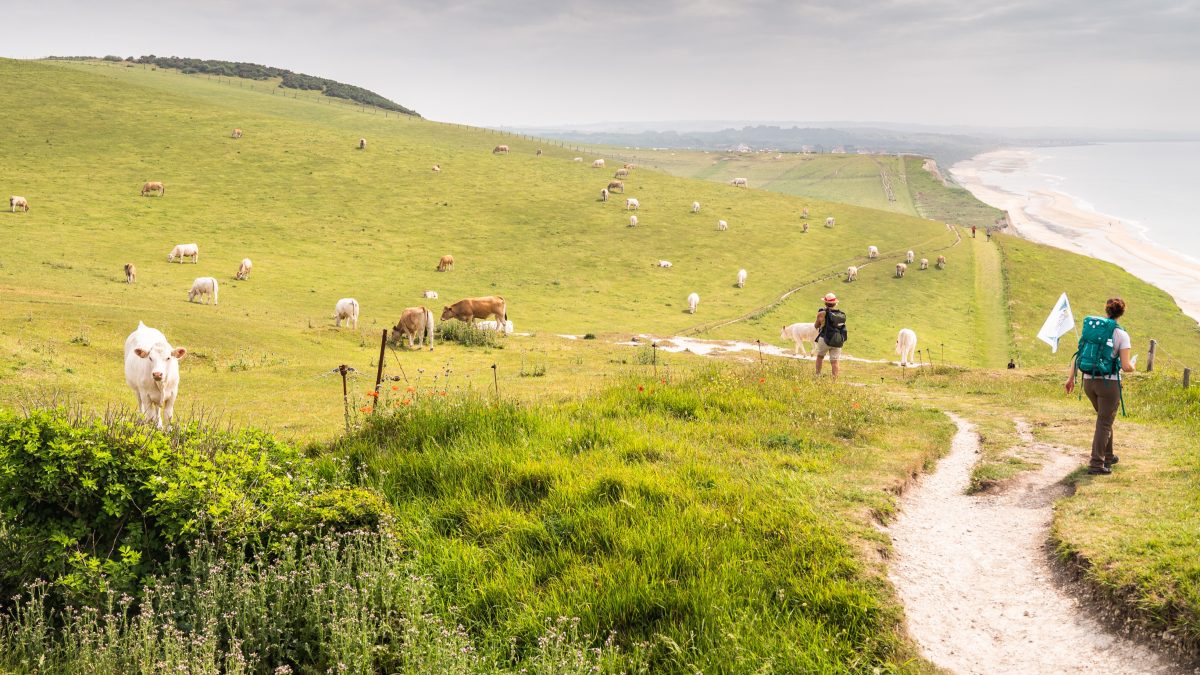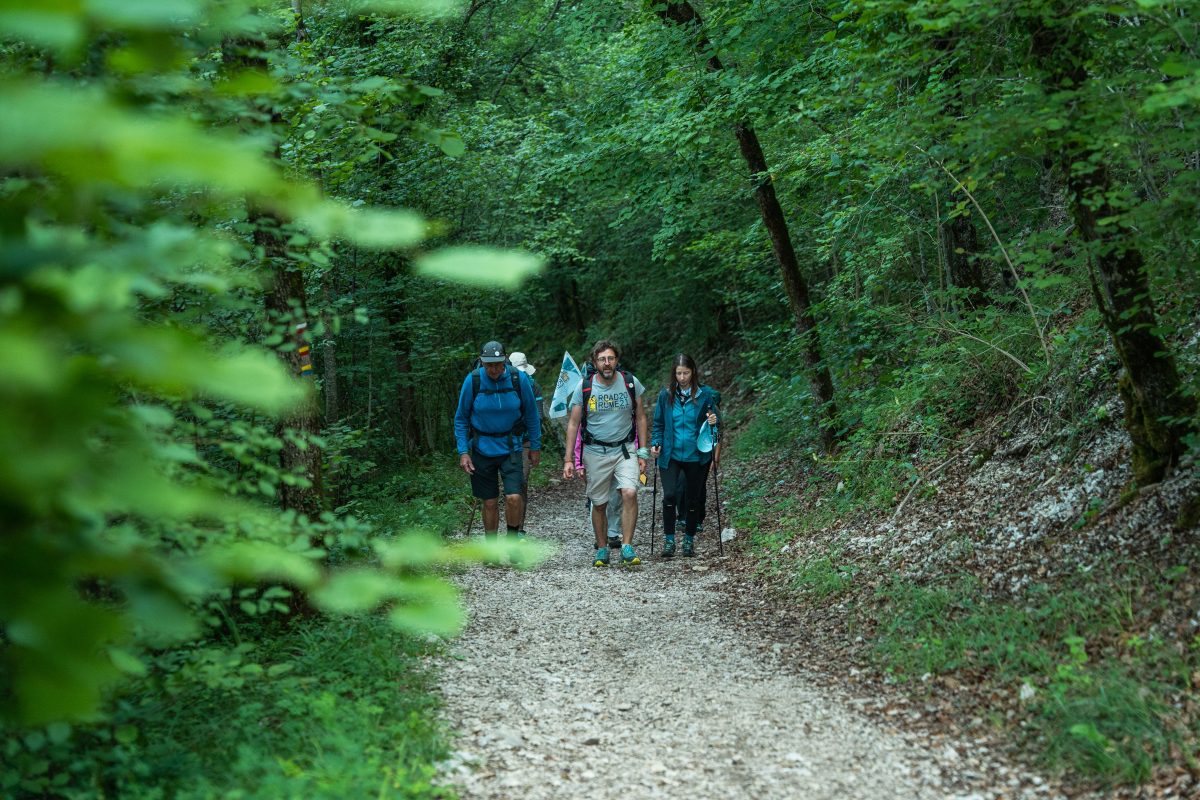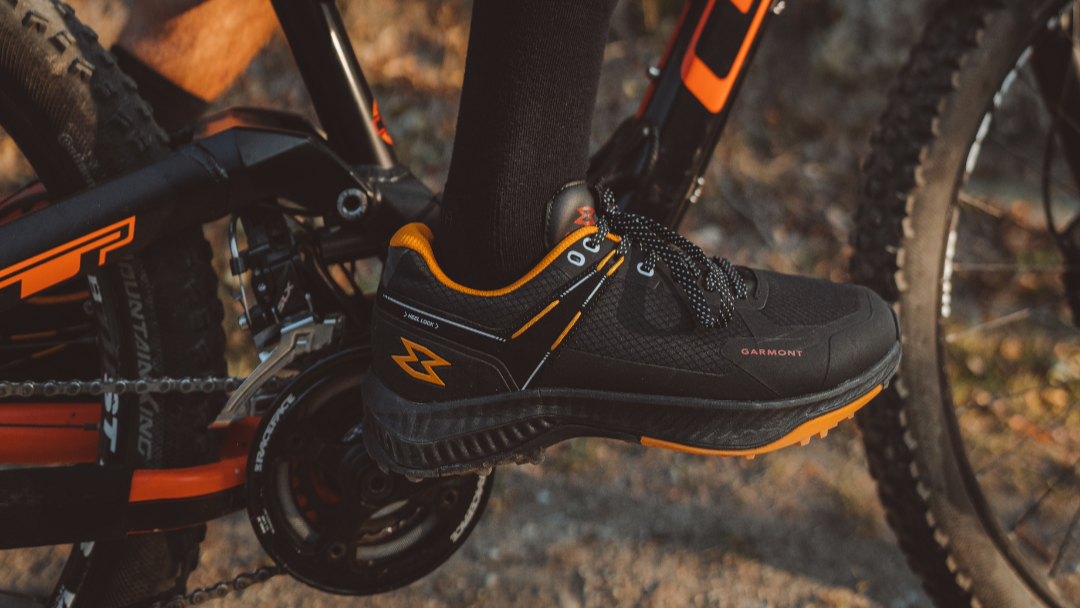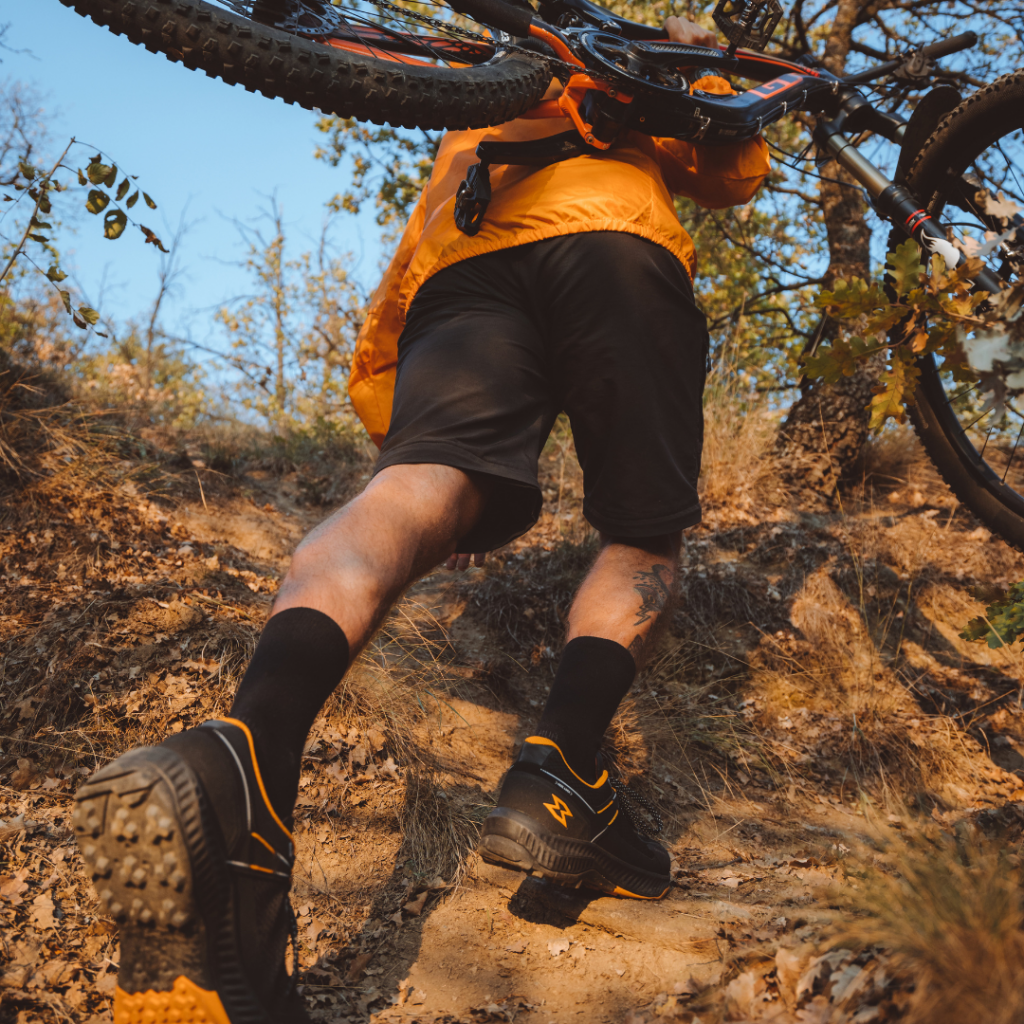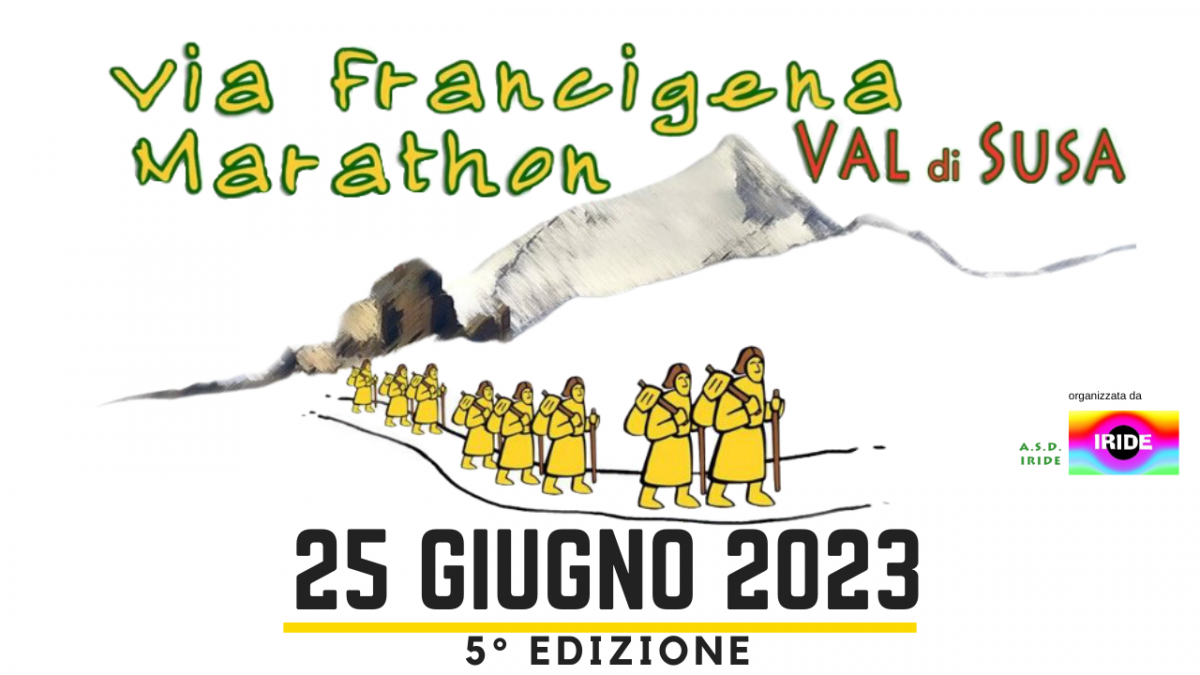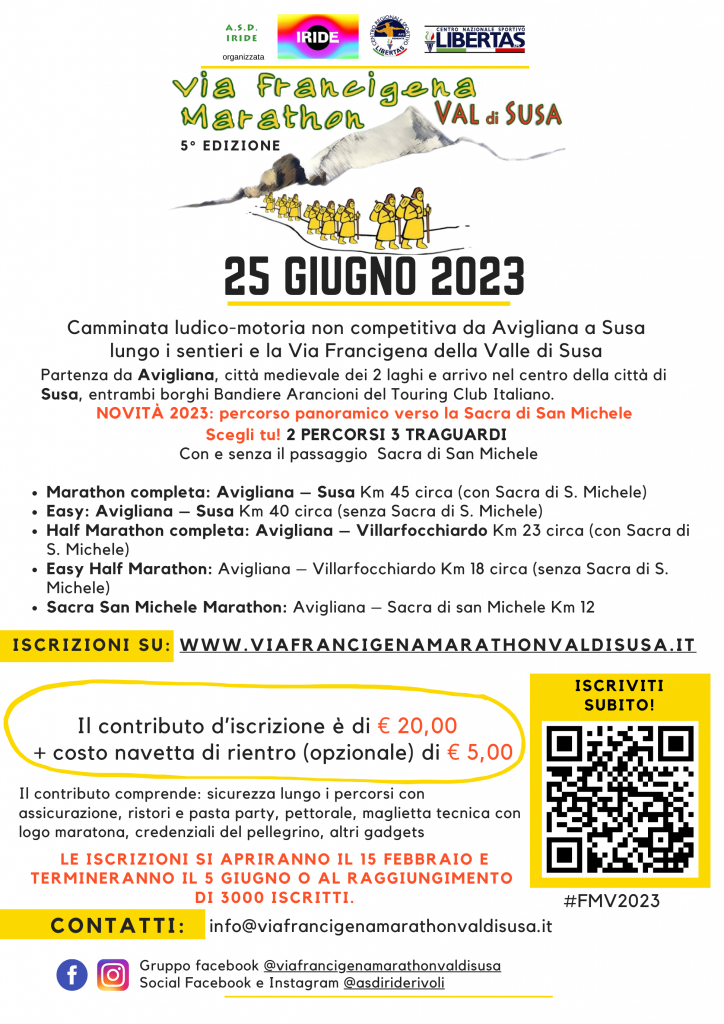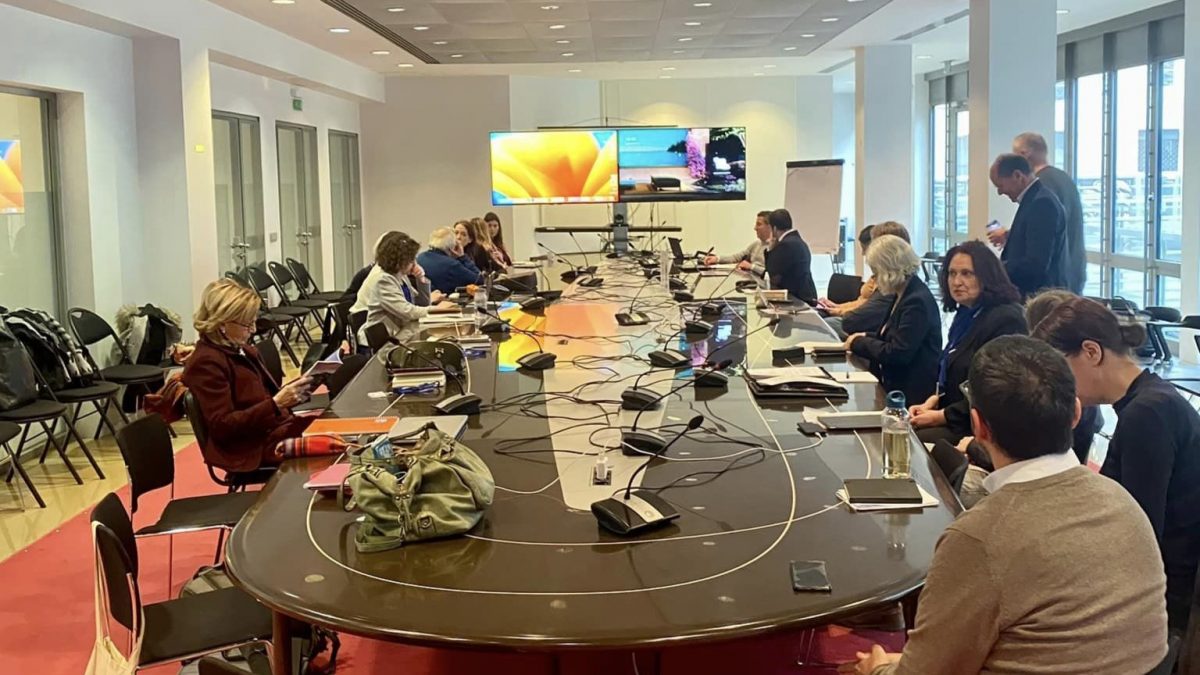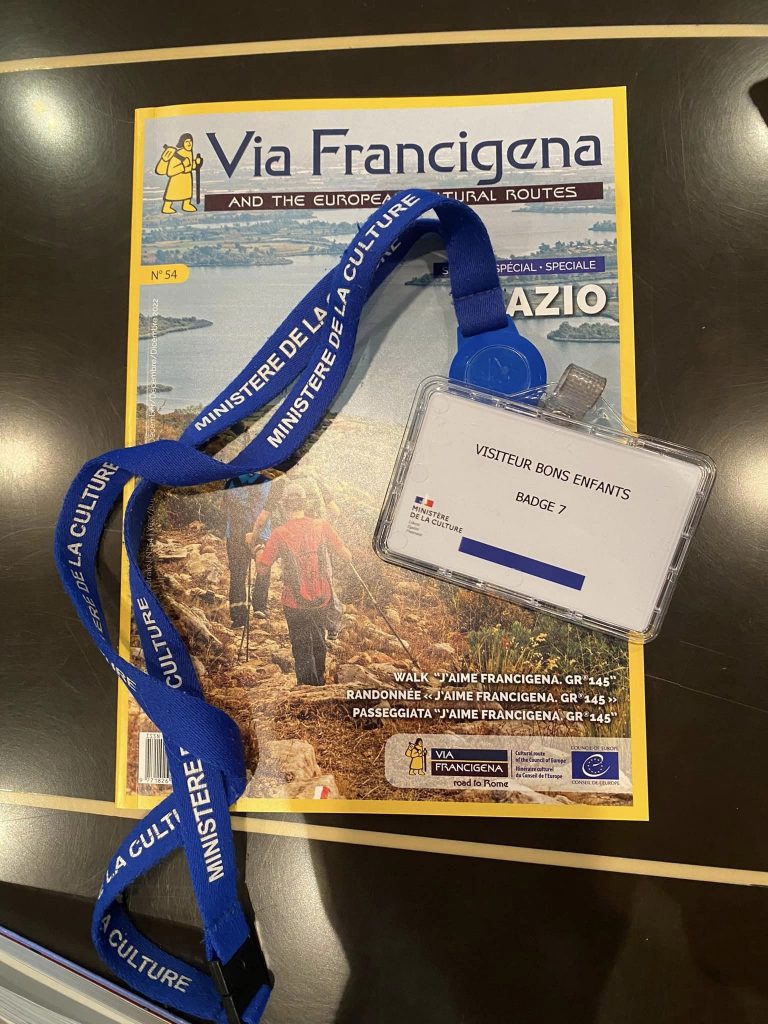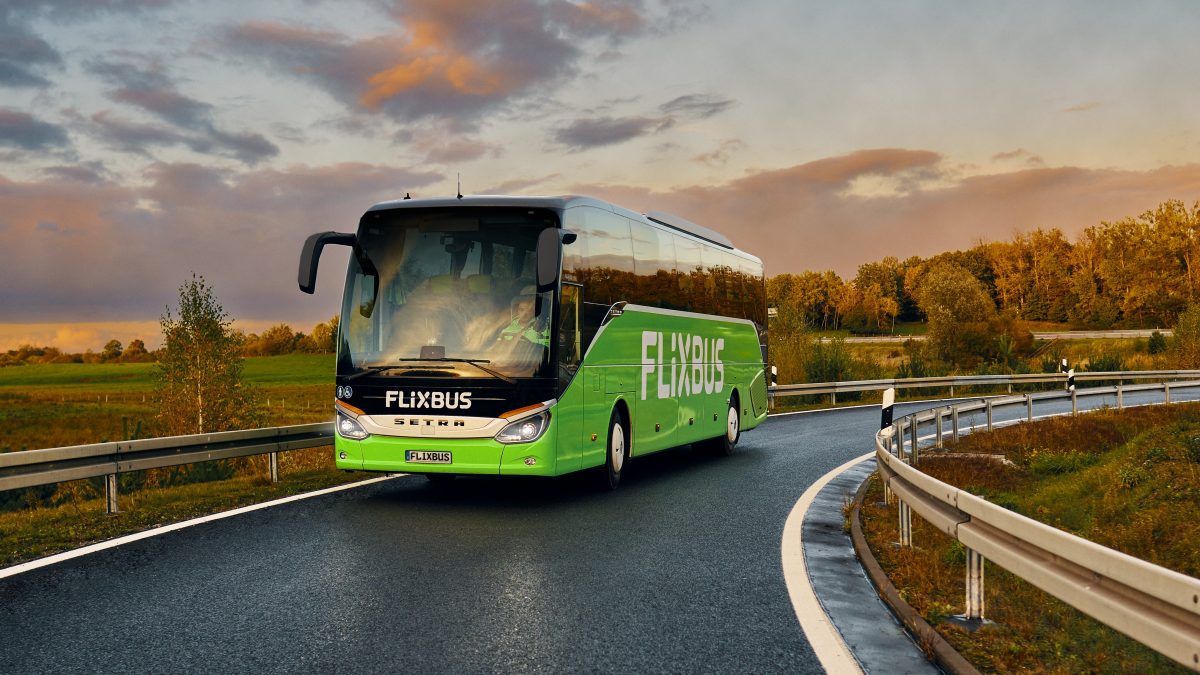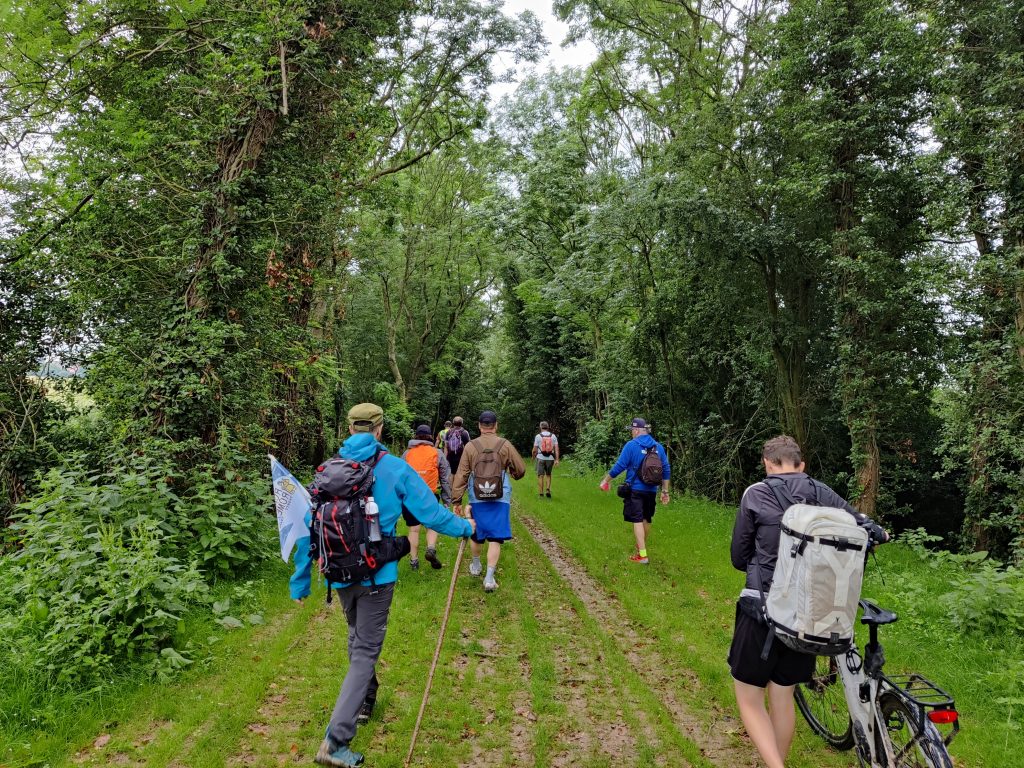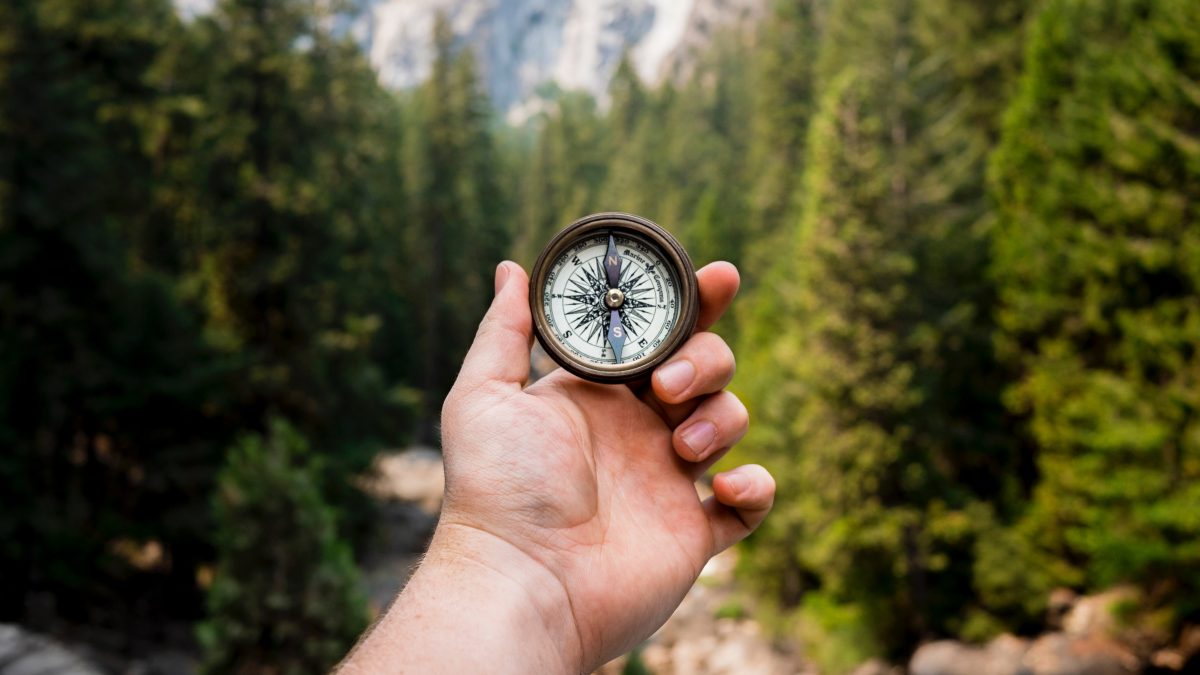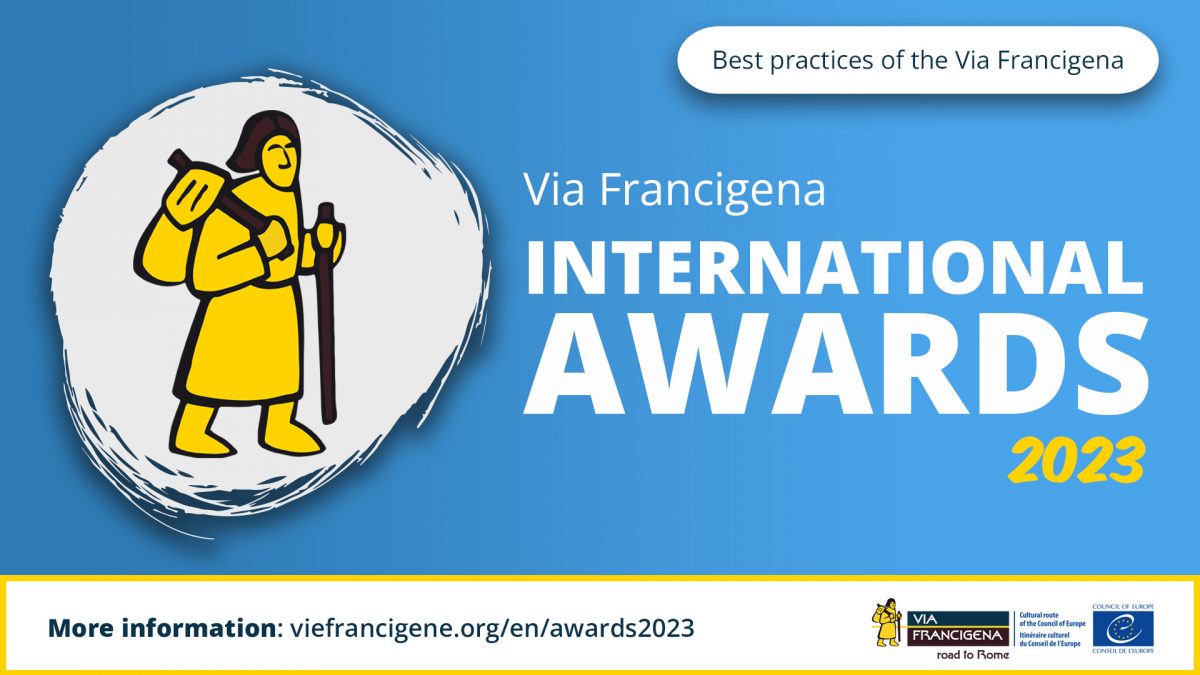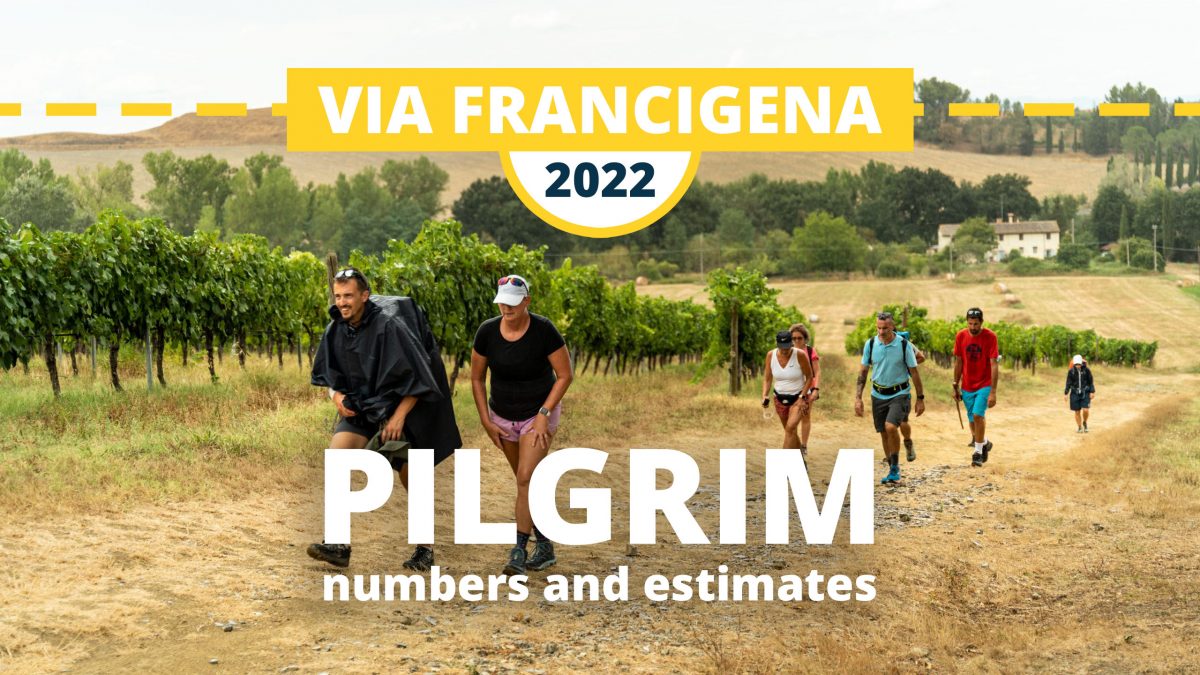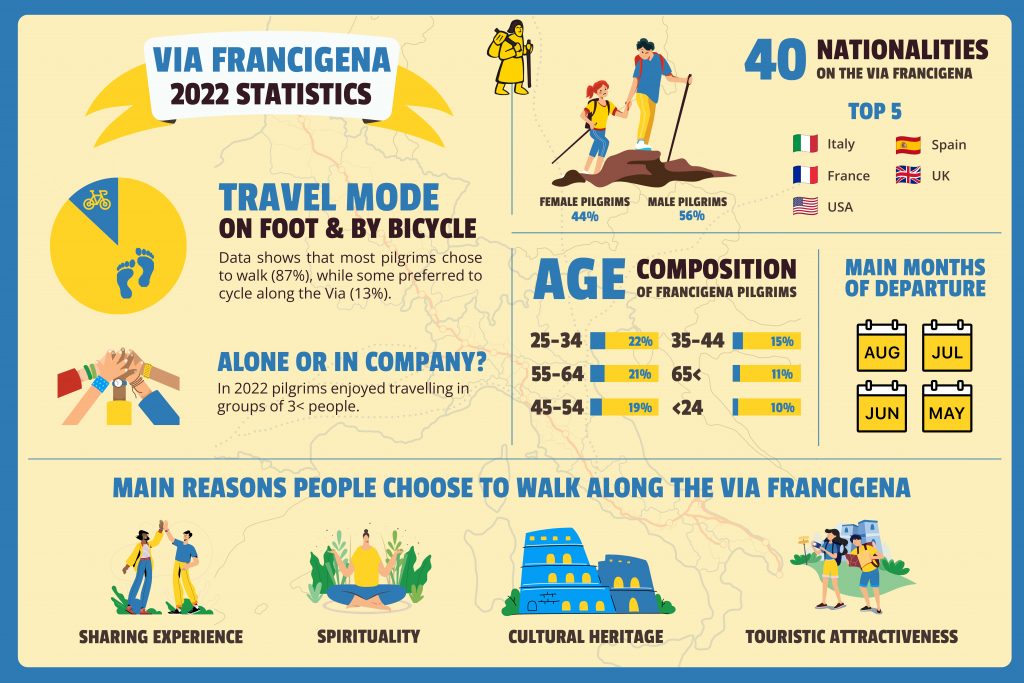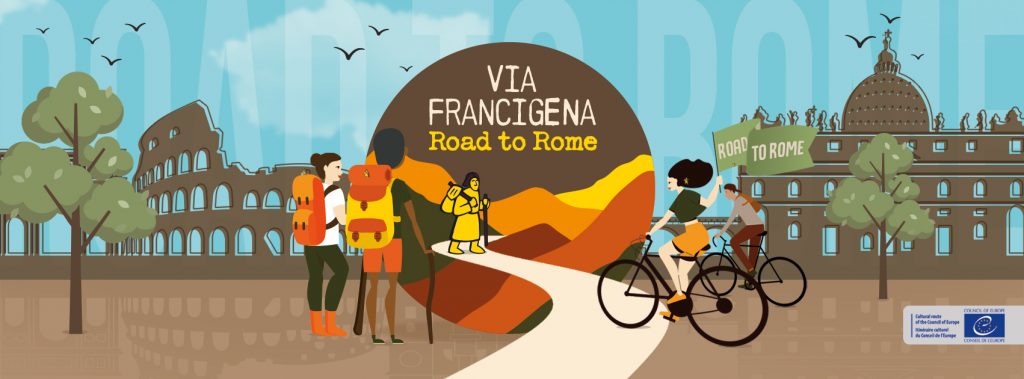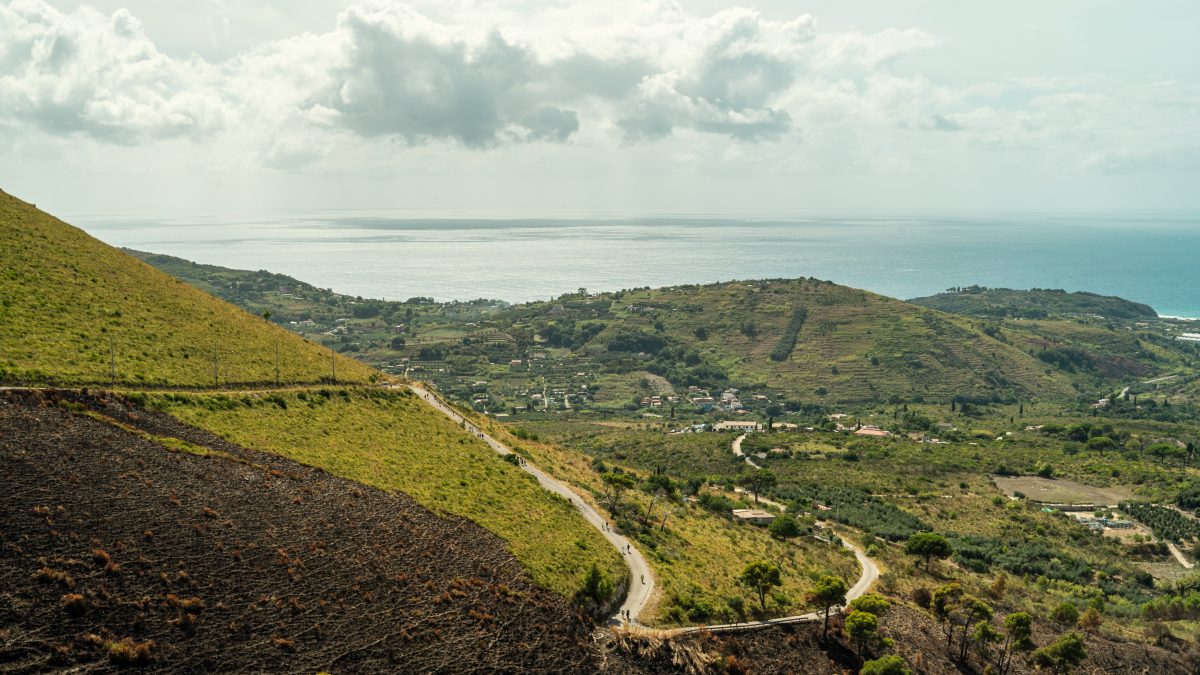The European Association of the Via Francigena ways (EAVF) will meet up in Calais (Hauts-de-France region, France) on 26 May for its General Assembly.
The city of Calais, source of inspiration for many artists, is a symbolic place of the Via Francigena, where pilgrims arrive after crossing the Channel Strait, embarking from the city of Dover (Kent, England).
The General Assembly, in Calais as in each of its semestral editions, brings together the 224 members and 80 EAVF friend associations operating in the four countries of the Via Francigena: England, France, Switzerland and Italy. The number of members has been growing in recent years, demonstrating the importance of this international network, which was founded in 2001 and has been recognised as réseau porteur by the Council of Europe since 2007.
The plenary meeting, at the splendid Town Hall of Calais, will be on Friday 26 May from 14.00 to 18.00 and will bring up the discussion of very significant points for the EAVF and for the future of the Via Francigena: the final balance sheet and the provisional budget, the UNESCO candidacy, the strategic plan 2023-2025, the international planning, the best practices among territories for the promotion of the route. On the morning of 26 May there will be an institutional meeting with the French municipalities for an update on the Via Francigena and UNESCO candidacy.
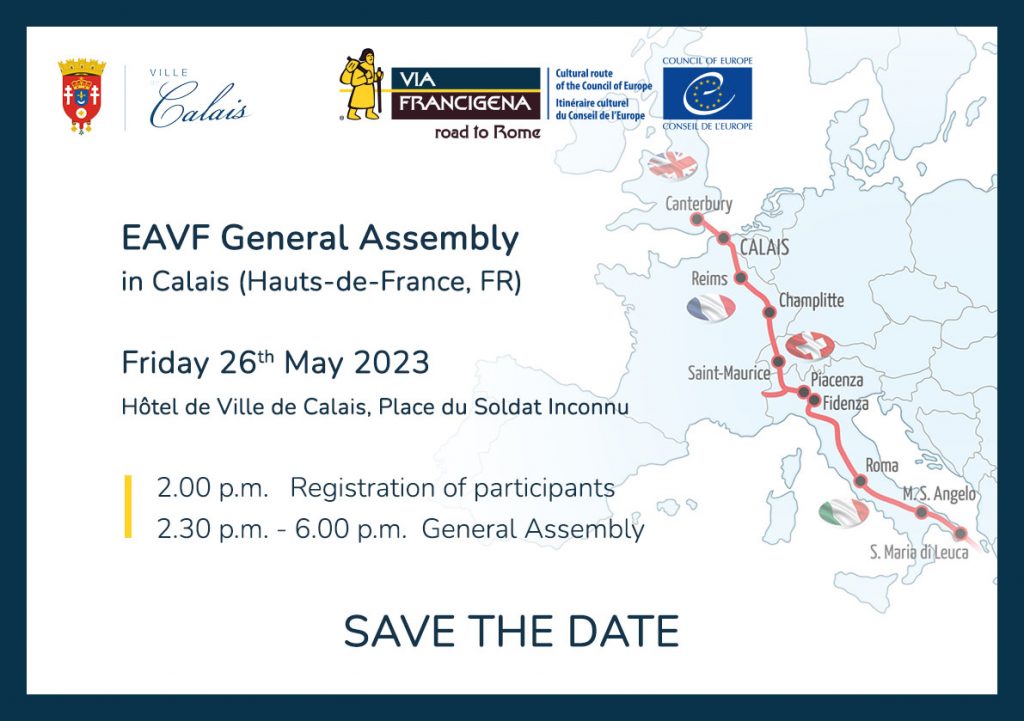
A rich programme of cultural activities is planned to accompany the Assembly: on 24 and 25 May there will be walks in collaboration with the Confraternity of Pilgrims to Rome and the Arras Compostelle Francigena Association; on the morning of 26 May the excursion to the Côte d’Opale and on the morning of the 27 May a walk in the city of Calais.
Here is the programme for the walk on 24 May from Shepherdswell to Dover, England:
CPR is organising a walk from Shepherdswell to Dover, with the possibility of continuing to Calais for the Assembly. Here is how the day will unfold:
- Canterbury (9am) – Blessing at the Cathedral;
- Walk to Canterbury East station to catch the train (10.41am) to Shepherdswell;
- Arrival at Shepherdswell station (10.58am) and walk to St Andrew’s Church for refreshments;
- Walk from Shepherdswell to Dover (approx. 13 km / 8 miles);
- Arrival at the ferry at 14.40 for the 17.25 journey to Calais;
- Arrival in Calais at 19.55 local time and dinner with CPR.
To participate, please send your reservation by clicking here.
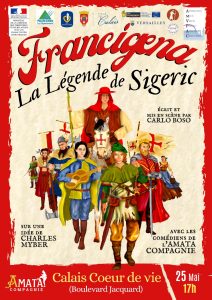
Here is the programme for the 25 May walk from Calais to Wissant, France:
Departure from Wissant Place de l’église at 9.30 am. To reach Wissant, there are 2 possibilities:
- Park your car in Calais, near the train station, then take the line 427 bus from Wissant at 8.16 am (arrival in Wissant at 9 am)
- Drive directly to Wissant and then take the bus to Wissant in the afternoon on arrival in Calais (16.45 and 18.23).
The show “La légende de Sigeric” will be performed in Calais at 5 pm. There will be a snack break during the hike.
The Via Francigena, cultural route of the Council of Europe, is growing in popularity with international pilgrims coming from more than 40 countries. In 2022, approximately 50,000 walkers walked at least seven-day on the VF. The passage of these cultural tourists generates great benefits and economic impact for the territories, but at the same time makes it necessary to increase the infrastructure of the route, accommodation, and signposting.



